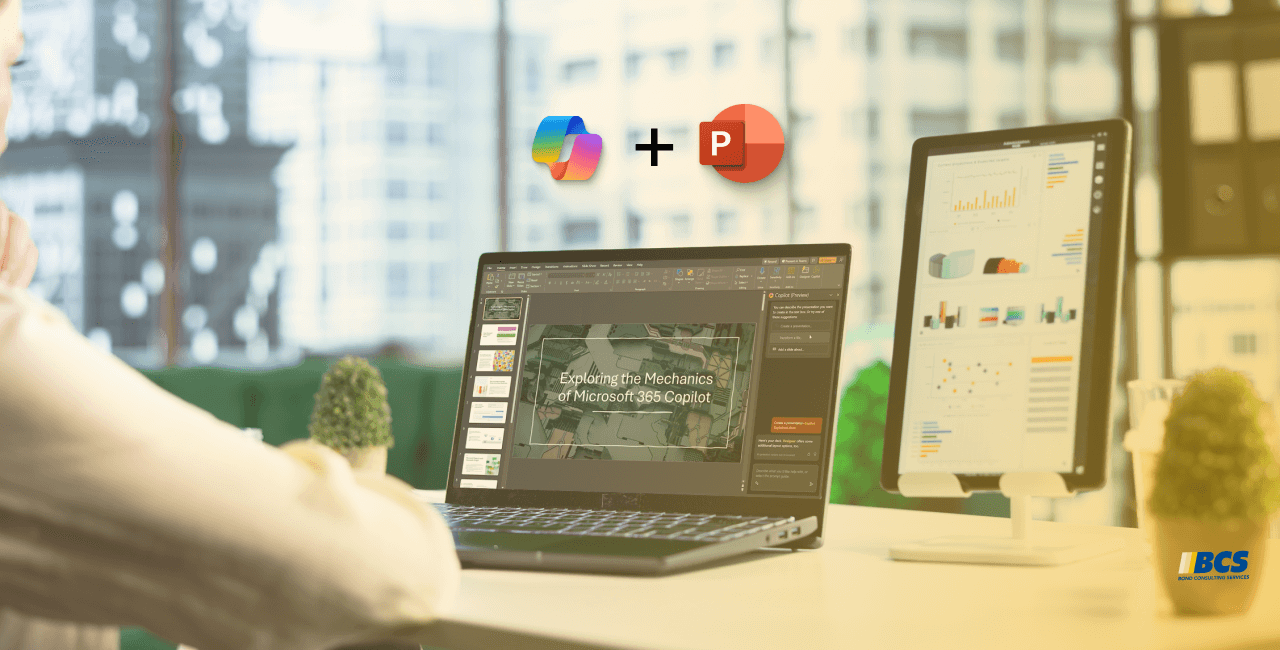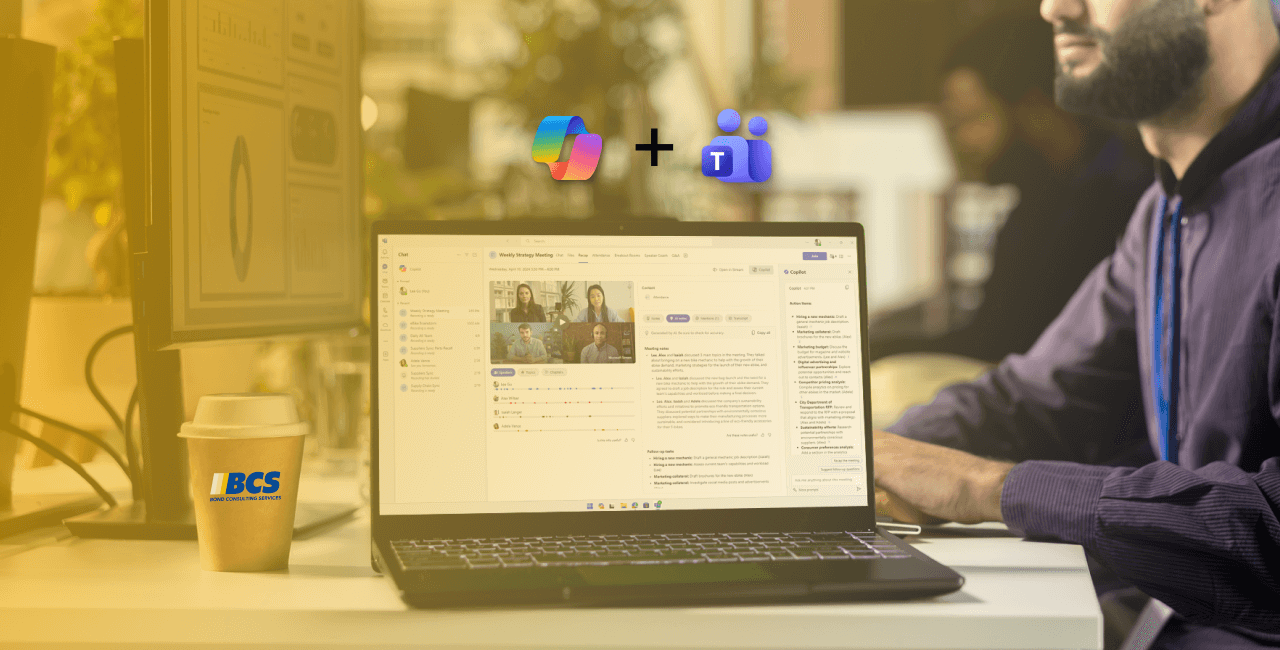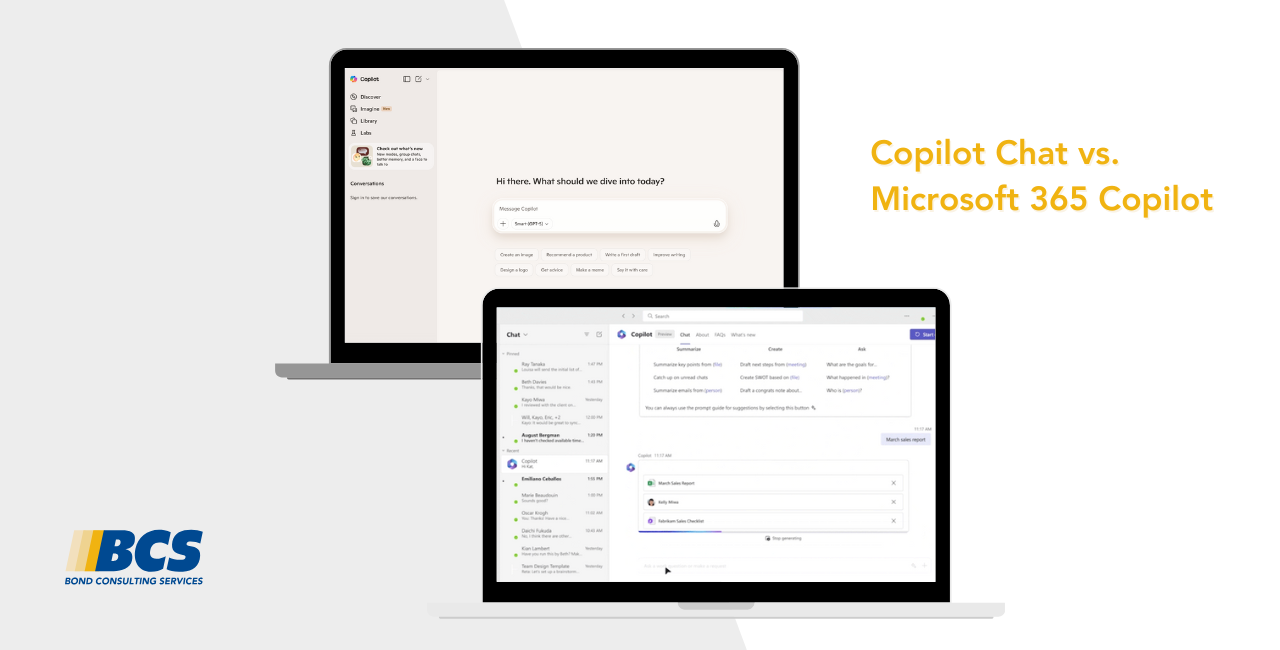Think because you’re not a retailer you don’t have a sales tax obligation? Think again. Often, companies that don’t collect and remit sales tax actually have much more rigorous rules to follow for compliance. And when it comes to pleading your case to the state auditor, ignorance isn’t bliss.
Even if you don’t sell direct to consumers, you may still be part of the transaction through a supply chain. As such, it is your job to reassure the state that you are exempt from collecting tax. Not-for profit organizations and governments also need to prove exempt status. This proof is typically in the form of an Exemption Certificate, which can vary by type and requirements. Some certificates are limited to purchases of only certain items, others are limited to certain items used for the completion of a certain project; some certificates provide a fractional or percentage exemption, while others are date-sensitive.
Managing how your business handles exemption certificates, and understanding when you do and don’t owe sales or seller’s use tax, is critical to maintain compliance. It’s also incredibly difficult to do if you don’t have the right systems.
There are three primary pieces you need to properly manage exemption certificates:
- Exemption Certificate Management Software
- ERP System
- Tax Decision Software
All three are critical for minimizing non-taxed transaction audit exposure, increasing staff productivity and improving the exempt customer purchase experience. These three systems play an important role at each step of the exemption certificate lifecycle:
Initiation of certificate process – The first step begins with the customer and the ERP software because this is where sales and invoices originate. When customers are exempt from sales tax the seller needs to collect an exemption certificate from them. However, often times customers do not know what documentation to provide and those taking the order do not have the certificate expertise to know which documentation they need.
Ensuring accurate collection – In the automated Exemption Certificate Lifecycle, these issues are solved with intelligent exemption certificate management (ECM) software. Customer data is passed to the ECM software and requests for certificates are automatically sent to customers. Intelligent ECM software will track the status of requests and help ensure customers provide only valid certificate information for their transactions. Intelligent ECM software can retrieve and provide copies of certificates to auditors. In addition, ECM software serves as the “source of truth” for certificates and will manage certificates, including tracking certificate expirations and certificates that have been deemed invalid. The management of all certificate data plays a critical role in the tax decision software.
Communication with tax decision software – The ERP software interacts with the tax decision software because it needs to know what tax amount, if any, it needs to apply to invoices for customers. If the tax decision software has accurate certificate data, then customers who are exempt from sales tax will be billed correctly. If not, then not only will exempt customers be billed incorrectly but the seller is also increasing its audit exposure and risk.
Depending on your business, you may be responsible for both issuing and collecting certificates. The proper application of each exemption to each sale is critical. Without proper documentation, auditors could determine that you understated or improperly exempted taxable sales and that could cost you.
Learn more about exemption certificates and common mistakes many businesses make, by watching the short video “Do You Make These 3 Errors on Tax-Exempt Sales?”
To learn more tips please join us for our upcoming webinar on Tuesday, January 20 at 10:00AM: Get Back 11 Hours a Month with Sales Tax Automation










